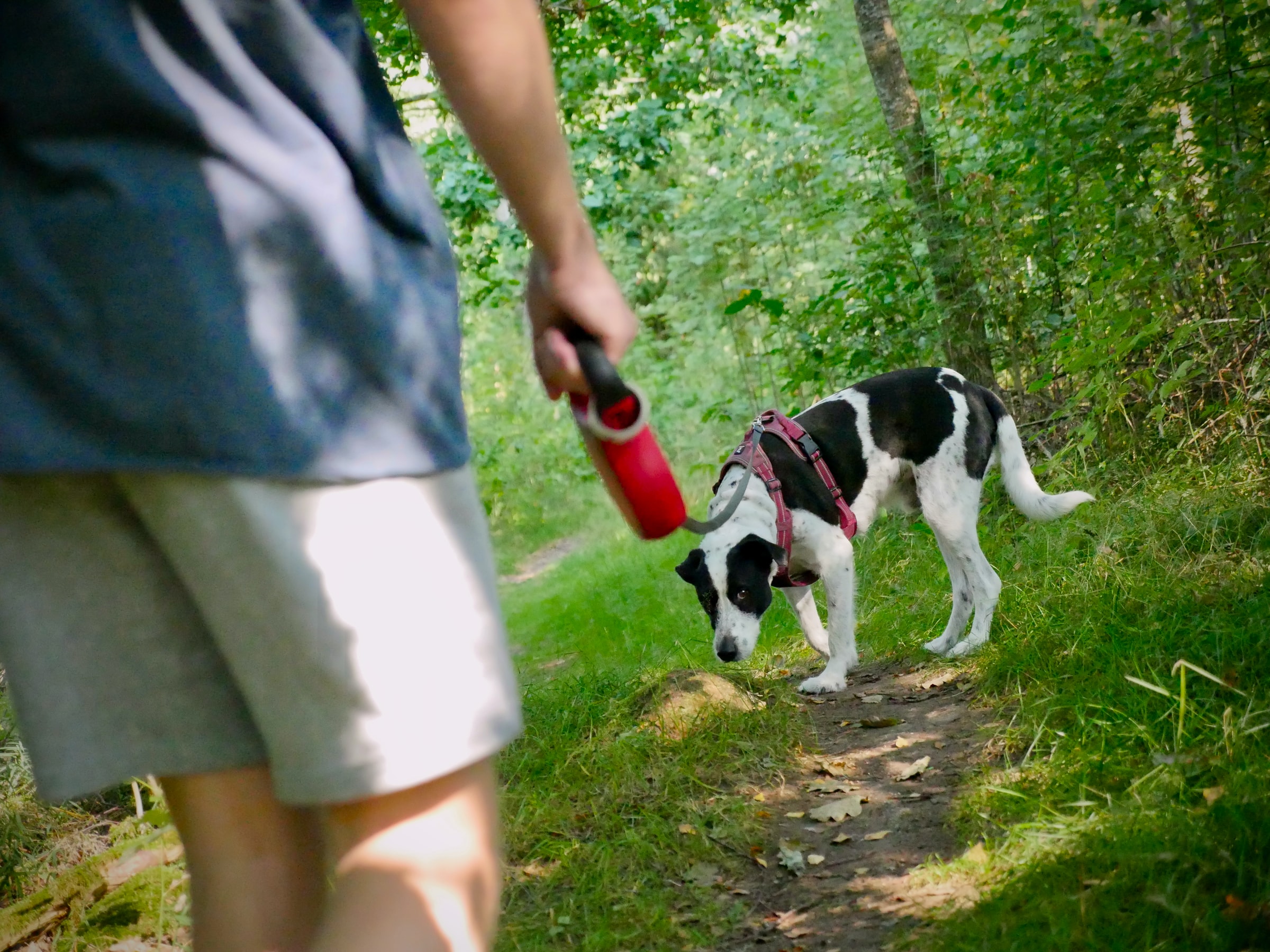- August 14, 2022
- No Comment
- 6 minutes read
Dog poo is so full of nutrients, it's actually harming nature reserves – Study Finds

© 2022 41 Pushups, LLC
Study Finds
GHENT, Belgium — Dog feces and urine could be damaging nature reserves because of how many nutrients they carry. A surprising new study reveals that a dog’s waste contains so much nitrogen and phosphorus, it’s actually beyond the legal limits for fertilization!
While dog owners typically know to pick up after their dogs in cities, researchers in Belgium say many people often assume their pets have free rein on country walks. Now, scientists have discovered man’s best friend might not be as helpful in “fertilizing” nature as people may think. The team recommends people walking their dogs in green spaces should continue to pick up after their pooch.
“We were surprised by how high nutrient inputs from dogs could be. Atmospheric nitrogen inputs from agriculture, industry and traffic rightfully receive a lot of policy attention, but dogs are entirely neglected in this respect,” says lead author Professor Pieter De Frenne of Ghent University in a media release.
The team recorded the number of dogs visiting four nature reserves close to the city of Ghent in Belgium over an 18-month period during their study. Then, they modeled different scenarios based on the concentration of nutrients found in dog urine and feces.
Each year, the study finds dog feces and urine add an average of 24 pounds of nitrogen and 11 pounds of phosphorus per hectare (about 2.5 acres) to nature reserves. For comparison, the total level of nitrogen added to soils across Europe from fossil fuel emissions and agriculture ranges from 11 to 55 pounds per hectare.
Some of the scenarios looked at whether keeping dogs on a leash or picking up after them would make a difference. However, even on a leash, dogs fertilized small areas around paths, adding 385 pounds of nitrogen and 160 pounds of phosphorus per hcectare every year.
“In our scenario where all dogs were kept on leashes, we found that in these concentrated areas around paths, nutrient inputs of both nitrogen and phosphorus exceeded legal limits for fertilization of agricultural land. Which is quite staggering as our study concerned nature reserves!” Prof. De Frenne says.
Getting owners to keep their dogs on a leash and pick up their “number twos” reduced fertilization levels by 56 percent for nitrogen and 97 percent for phosphorus. This is because both feces and urine contain nitrogen, whereas nearly all of the phosphorus comes from dog poo.
Adding nutrients to nature reserves might sound beneficial, but in reality, it only helps certain species who then outcompete others.
“In many nature reserves, the management is specifically directed towards lowering soil nutrient levels to enhance plant and animal biodiversity. This can be done through methods like mowing and hay removal,” Prof. De Frenne explains.
“Our findings suggest that the currently neglected inputs of dogs in nature reserves could delay restoration goals.”
Researchers say they can improve their data by recording breeds of dogs, as well as their size, weight, and the number of times they go to the bathroom. Geo-referencing dog feces and urine locations could also help identify fertilization hotspots.
The findings appear in the British Ecological Society journal Ecological Solutions and Evidence.
South West News Service writer Tom Campbell contributed to this report.
About the Author
View StudyFinds’s article archive
Your email address will not be published.
document.getElementById( “ak_js_1” ).setAttribute( “value”, ( new Date() ).getTime() );
Study Finds
© 2022 41 Pushups, LLC

